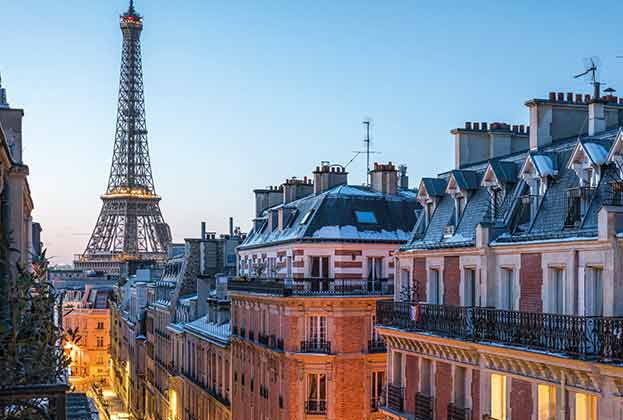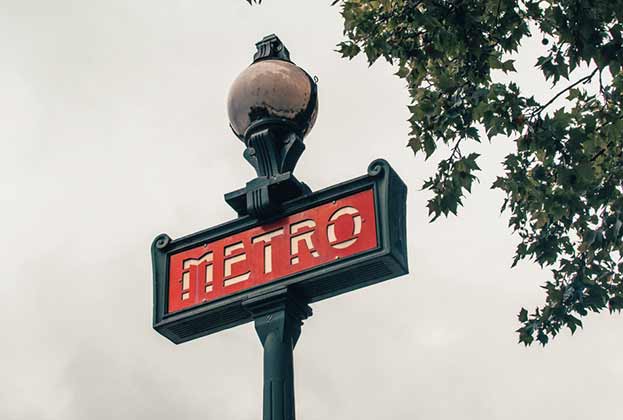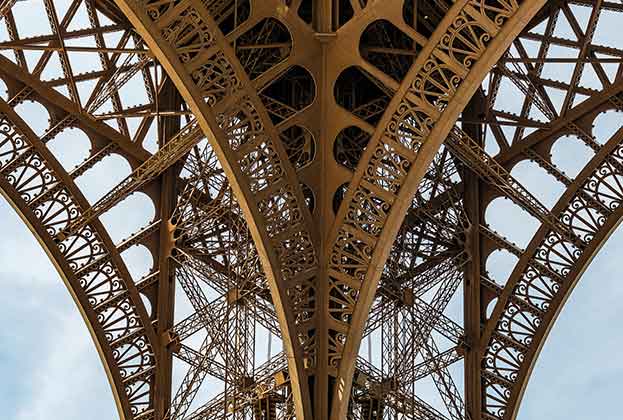Transactions decline but price growth holds up in a turbulent year
Transactions and prices
The coronavirus pandemic caused an unforeseen shock to the French housing market during 2020. Paris, like many cities around the world, experienced ‘stop and start’ regulations, where property viewings and transactions were partially or totally on hold for periods during the year.
Residential transactions in Paris as a whole consequently fell 16% below 2019 levels in 2020. Prices, however, increased 5.4% over the same period (although they started to soften towards the end of the year).
Transactions over €2 million fell by 15% in the year in Paris’ prime arrondissements (1st–8th and 16th). As prices started to soften towards the end of 2020, prime values have so far proven more resilient (see chart, below).
Despite travel restrictions in place for much of the year, the share of international buyers purchasing over €2 million in Paris’ prime arrondissements held steady compared with 2019, standing at 14% of transactions in 2020.
Breaking the barrier of Paris’s ring road
Deficient transport links have long left central Paris disconnected to the city’s outer areas, and outer areas from one another. Property values outside of the ring road are also much lower than in the centre (see map on Key markets for prime and ultra-prime property).
The Grand Paris project is helping to break down this barrier. Major infrastructure projects include new transport links and train stations, better connecting the wider Paris area and benefiting local housing markets.
Lifestyle and working habits have been dramatically altered by the Covid-19 pandemic, whether these changes remain long term is yet to be seen. It is likely, however, that more people will look to work from home more often than they did previously.
This is already driving demand for properties that offer more space. Outer areas, which offer good connections to central Paris, good schools and better value, stand to benefit.
Arrondissement highlights
The 5th arrondissement, which is popular with families due to its high concentration of well-regarded schools, recorded the strongest price growth in 2020, with values up 8.5%.
The strongest performing areas in the 5th were Jardin des Plantes and Val-de-Grace, where prices increased by 10.4% and 10.3% respectively. Both areas are close to green spaces, namely the Jardin des Plantes and the Jardin du Luxembourg.
In a year when all Parisians were spending more time at home, it is no coincidence that the strongest growth in 2020 was generally seen in the outer arrondissements where more space is on offer for better value. Seven of the top ten arrondissements for price growth in 2020 were mainly north and eastern arrondissements.
Property prices in the French capital’s eastern arrondissements remain the best value. Average values in the 20th, for example, stand 13% below the Paris average as of Q4 2020.
Property types in demand
As people have spent more time at their homes since the pandemic, many have placed greater value on outdoor space. Analysis by Meilleurs Agents shows a terrace or balcony increases apartment prices in Paris by 8.4%. Good quality properties with these characteristics are in high demand.
In the case of central Paris, this has also resulted in demand for pieds-à-terre for buyers seeking a larger primary residence outside of the city while retaining a centrally located secondary property. Larger apartments have been in demand too as people look to maximise their living space and add space to work remotely.
.jpg)
Read the other articles within Report: Paris – 2021 below
.jpg)


